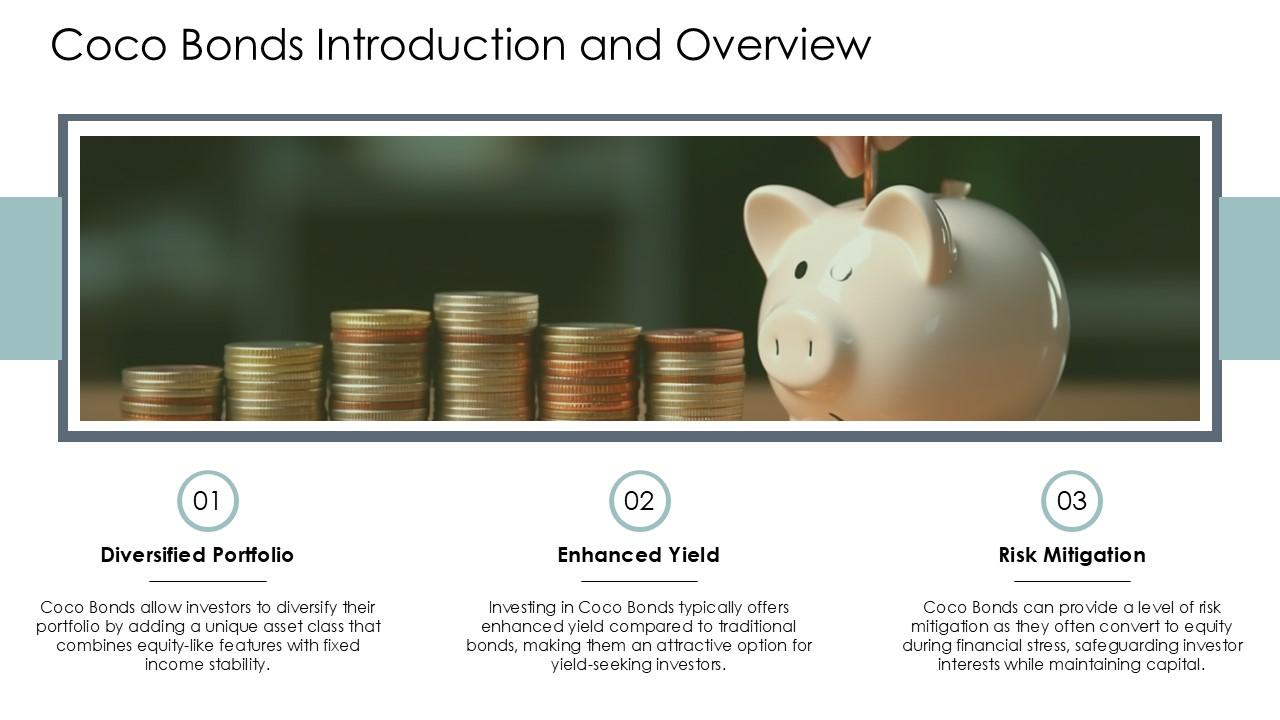Exploring Attractive Savings Opportunities
In an ever-changing economic landscape, finding effective and lucrative savings opportunities is crucial for individuals looking to enhance their financial well-being. In today’s world, where expenses are often increasing faster than income, it’s imperative to explore various options that can yield substantial returns. Whether it’s through traditional savings accounts, investment strategies, or innovative financial products, the possibilities are vast.
According to recent studies, more than 60% of individuals feel uncertain about their savings strategy. This article aims to address that uncertainty by uncovering various attractive saving opportunities available in today’s market. Readers will discover actionable tips, expert insights, and the latest trends that can help them make informed financial decisions.
Throughout this article, we will delve into different saving avenues, highlight their benefits, and provide practical steps to get started. You will learn about high-yield savings accounts, investment options like stocks and bonds, and alternative savings methods such as peer-to-peer lending and cryptocurrency. Let’s embark on this financial journey and uncover ways to maximize your savings!

Understanding Different Savings Options
When it comes to savings, understanding the various options available is key. Each saving option comes with its own set of benefits and risks. Below, we explore the most common saving avenues:
High-Yield Savings Accounts
High-yield savings accounts have become increasingly popular due to their competitive interest rates compared to traditional savings accounts. These accounts are offered by online banks and often come with fewer fees. Here’s what you need to know:
- Better Interest Rates: High-yield savings accounts typically offer rates that are several times higher than standard accounts.
- Liquidity: Funds are easily accessible, making them a suitable option for emergency savings.
- FDIC Insured: These accounts are insured, meaning your money is protected up to a certain limit.
Certificates of Deposit (CDs)
Certificates of Deposit (CDs) are time-bound savings accounts that usually offer higher interest rates in exchange for locking your money in for a specific term. These are ideal for savers who do not need immediate access to their funds.
- Fixed Rates: CDs offer fixed interest rates, which can lead to better returns if you invest for longer terms.
- Low Risk: They are typically considered low-risk investments.
- Penalty for Early Withdrawal: Accessing funds before maturity can lead to penalties, so plan accordingly.
Investment Accounts
Investment accounts can provide substantial returns over time, albeit with varying degrees of risk. Consider the following types of investment accounts:
- Brokerage Accounts: Allow you to buy and sell stocks, bonds, and other securities.
- Retirement Accounts: Such as IRAs and 401(k)s, which offer tax advantages for long-term saving.
- Index Funds: These funds are designed to track a specific index and typically have lower fees.
Exploring Innovative Savings Tools
As technology continues to evolve, several innovative savings tools and platforms have emerged. Here are some noteworthy options to consider:
Mobile Savings Apps
Mobile savings apps have simplified the way we save. They can analyze spending habits and round up purchases to save the extra change. Here are some advantages:
- Automated Savings: Some apps automatically transfer spare change into your savings account.
- User-Friendly Interface: Most apps feature simple and intuitive designs.
- Goal Setting: Many apps allow you to set savings goals and track your progress.
Peer-to-Peer Lending
Peer-to-peer lending platforms allow individuals to lend money to others in return for interest payments. This alternative investment can yield attractive returns.
- Higher Interest Rates: Lenders often receive higher returns than traditional saving accounts.
- Diverse Lending Options: Choose from various borrowers with different risk levels.
Making the Most of Your Savings
Once you choose your preferred saving methods, it’s essential to implement effective strategies to maximize your savings:
Setting Clear Savings Goals
Establishing clear and measurable savings goals is foundational to successful saving. Differentiate between short-term, medium-term, and long-term goals, and allocate funds accordingly.
Creating a Budget
Creating a budget helps identify how much you can save regularly. Monitoring expenses enables you to adjust your spending and increase savings efficiently.
Reviewing and Adjusting Investments
Regularly reviewing and adjusting your investment portfolio can lead to more productive long-term savings. Staying informed about market trends and consulting with financial advisors can make a significant difference.
The Importance of Financial Education
Investing in financial education can provide invaluable insights into maximizing savings options. Numerous resources, including books, online courses, and workshops, can enhance your financial literacy.
Utilizing Online Resources
A plethora of online resources are available to help individuals improve their understanding of personal finance:
- Podcasts: Financial podcasts can provide actionable advice.
- YouTube Channels: Numerous channels offer in-depth analysis and tips on saving and investing.
- Online Communities: Forums and discussion groups can connect you with like-minded savers and investors.
Conclusion: Taking Charge of Your Savings
In conclusion, exploring attractive savings opportunities is essential for securing your financial future. By understanding various savings methods, leveraging digital tools, and committing to ongoing financial education, you can significantly enhance your savings strategy. Remember, every small step counts. Start today by assessing your current saving habits, setting clear goals, and implementing practical strategies. With dedication and the right knowledge, achieving financial peace of mind is possible.
For further reading, you can explore this article on effective saving strategies or learn more about investment options here.
